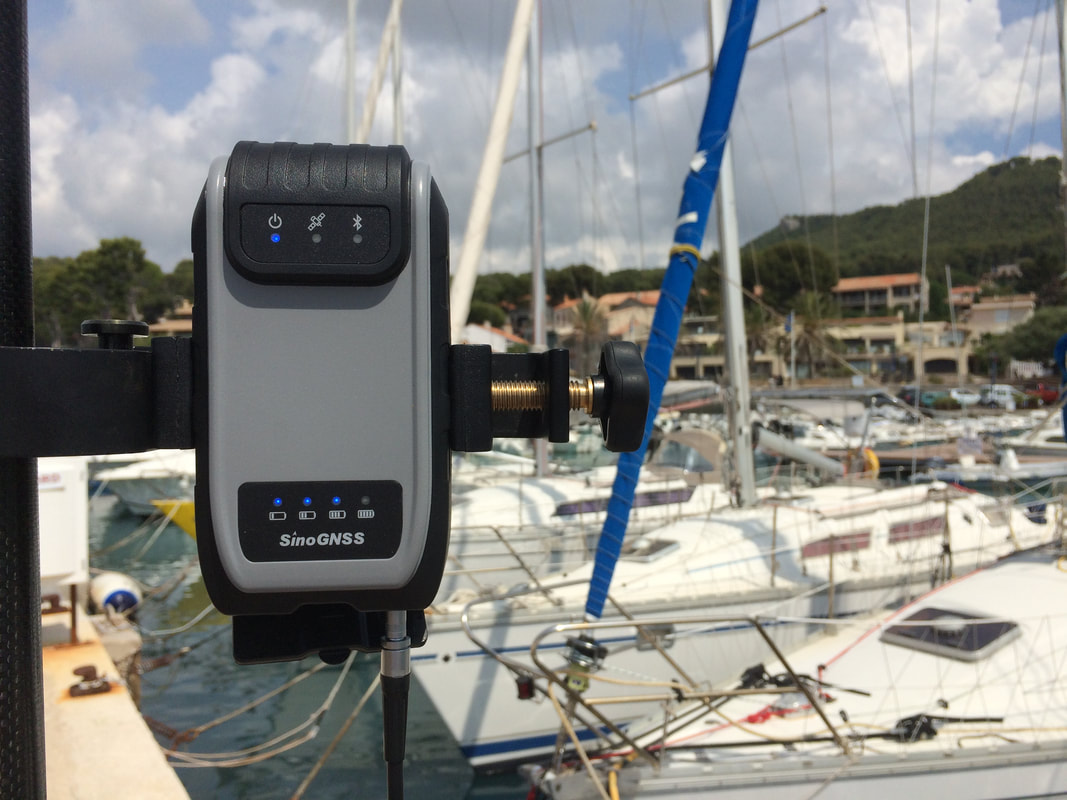RTCM 3 FORMAT
Les formats binaires de transmission de données GNSS internationalement reconnues et acceptées par les constructeurs sont définies par le RTCM, notamment par son comité spécial SC-104.
C'est ce format et ses variantes, qui sont utilisés lorsqu'un récepteur GNSS se connecte à une station de base ou à un réseau GNSS tel que WALCORS en Wallonie ou FLEPOS en Flandre.
Comme ces messages sont standardisés, n'importe quel récepteur peut les accepter en ce compris des logiciels Open Source comme RTK-LIB. A chaque nouvelle constellation GNSS, ce format a évolué de nouvelles versions de même que pour transmettre de nouveaux modèles de corrections et d'observations corrigées telles que le "Master Auxiliary Concept", les "Stations Virtuelles" et maintenant les corrections propres au méthodes PPP (Precise Point Positioning).
C'est ce format et ses variantes, qui sont utilisés lorsqu'un récepteur GNSS se connecte à une station de base ou à un réseau GNSS tel que WALCORS en Wallonie ou FLEPOS en Flandre.
Comme ces messages sont standardisés, n'importe quel récepteur peut les accepter en ce compris des logiciels Open Source comme RTK-LIB. A chaque nouvelle constellation GNSS, ce format a évolué de nouvelles versions de même que pour transmettre de nouveaux modèles de corrections et d'observations corrigées telles que le "Master Auxiliary Concept", les "Stations Virtuelles" et maintenant les corrections propres au méthodes PPP (Precise Point Positioning).
Le récepteur SinoGNSS G100/G200 peut être entièrement configuré pour recevoir et émettre les messages RTCM ! Il répond donc strictement aux standards et se présente comme un système "ouvert".

